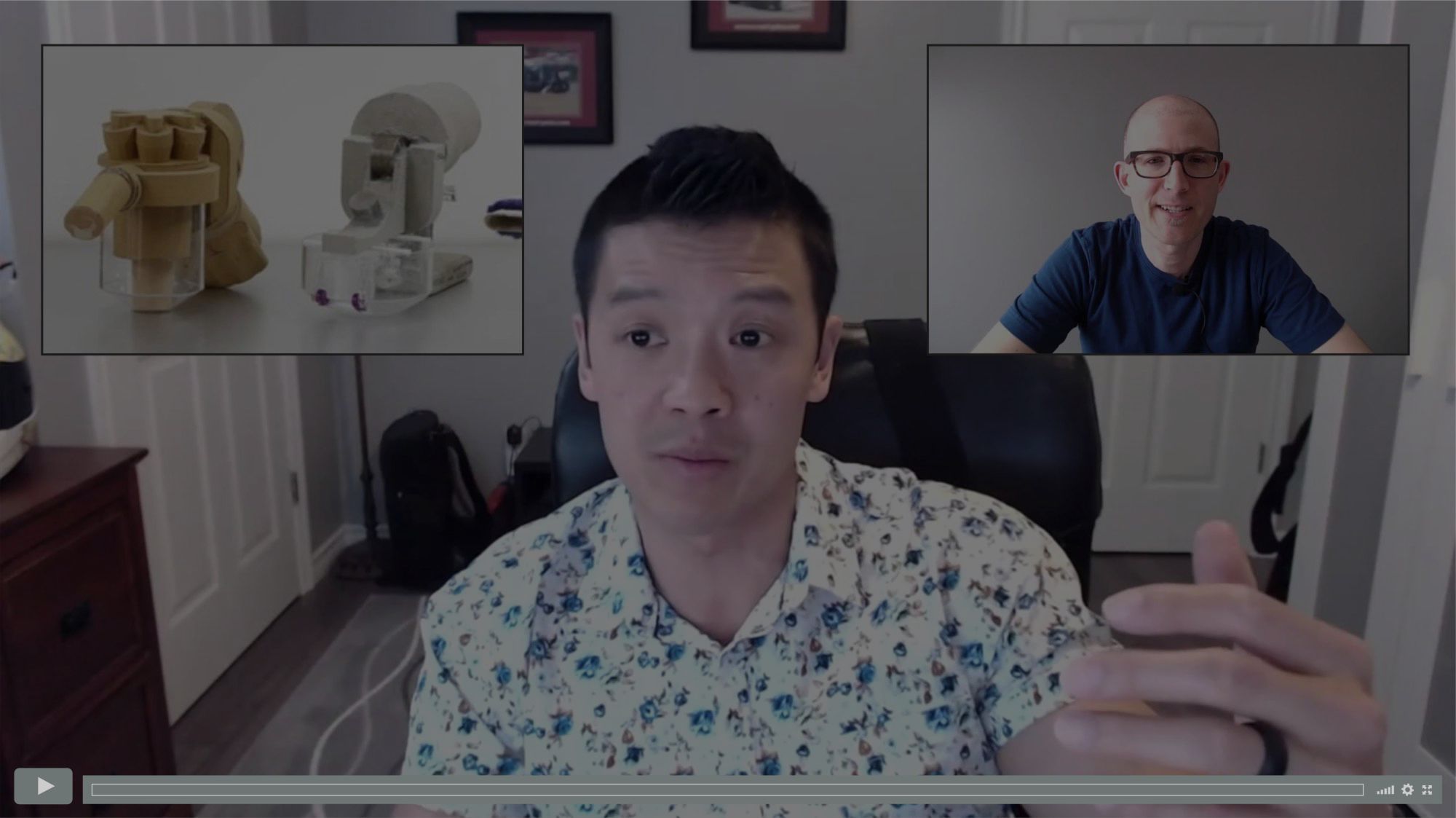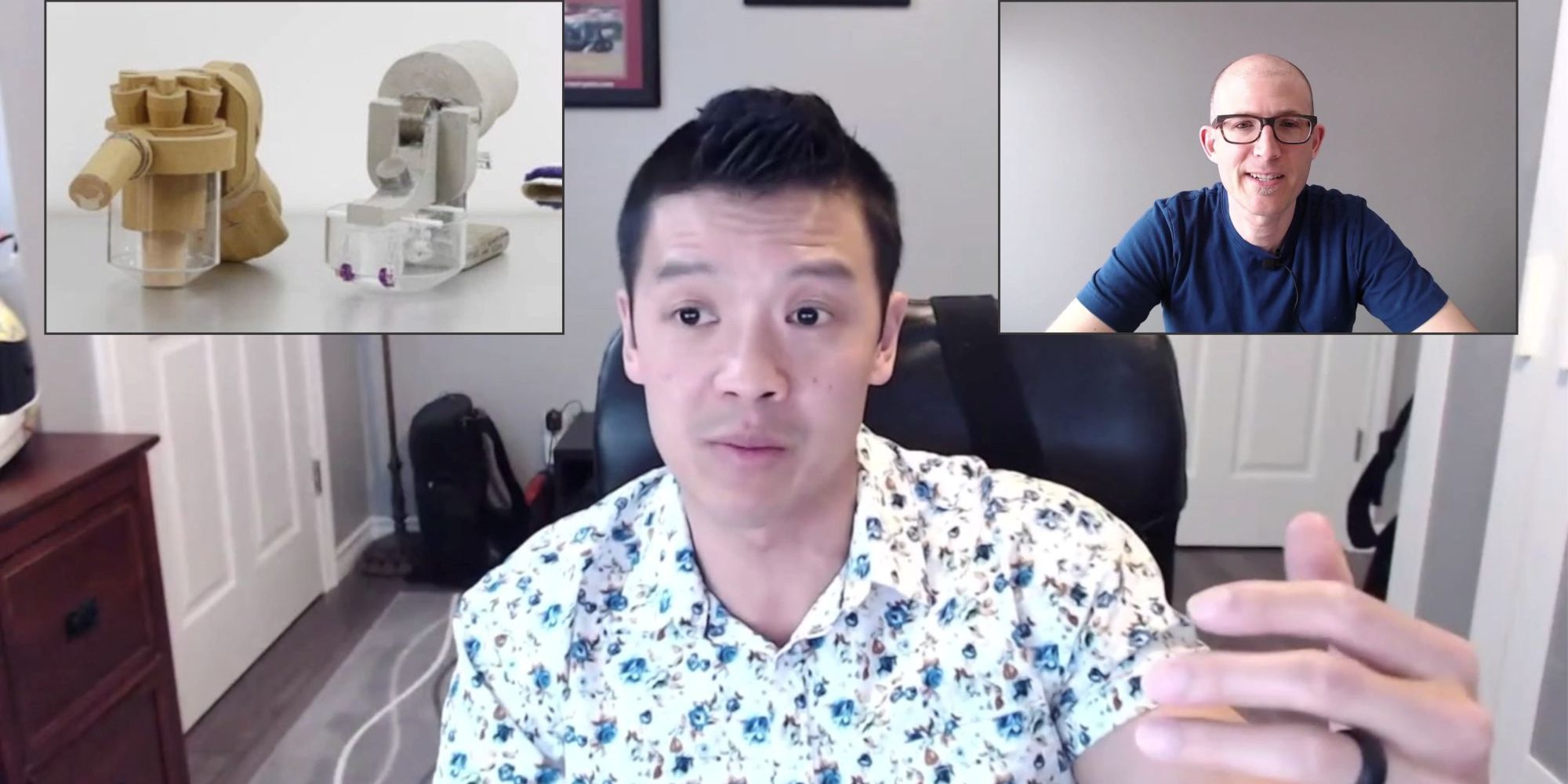Join us for coffee as we discuss …
Making sense of pretendotyping vs.
pretotyping vs. prototyping vs. the MVP

This Coffee Jam is available to view anytime if you’re taking one of our courses or add-ons. If that’s you, make sure to sign back in.
Otherwise, you can schedule your next coffee break with us » to watch it.
Meanwhile, here’s what it’s all about:
(These table of content quick links are enabled for people registered in our courses and add-ons.)
- 0:00 – Hey there! Thanks for joining us for coffee!
- 0:19 – I’ve been testing out some stuff to make sense of pretendotyping, pretotyping, prototyping, and the MVP, e.g. at a hackathon, at a Civic Tech meeting, for folks at the Monterrey Institute of Technology, and in some of my classes with engineers
- 2:08 – It was a guy at Google who started all this talk about pretotypes
- 3:04 – Why do these things matter? (Getting past just talking about and modeling your concepts.)
- 4:14 – Why do good entrepreneurs care about this?
- 6:13 – Why do good corporate / business leaders care about this?
- 8:20 – Why do good educators care about this?
- 8:58 – Why does the experienced engineer or product developer care about this?
- 11:28 – A guide to this chat
- 13:02 – Prototyping the whole opportunity vs. prototyping the offering (an important distinction)
- 16:40 – Some history and starting to make sense of it all
- 17:04 – Alberto Savoia from Google (2011)
- 17:33 – Eric Ries and the Minimum Viable Product (MVP) (2009)
- 18:11 – Steve Blank and the minimum feature set (2010)
- 18:30 – Frank Robinson at SyncDev and the MVP (2001)
- 18:58 – The need for clarity and simplicity + how do I start to make sure I’m designing and developing “the right it”?
- 21:30 – Building the skills and ramping people into later stages
- 25:14 – Defining things by stage of the venture: proof of potential value; proof of value; proof of sales; proof of volume; and proof of scale
- 27:50 – Give me the definitions damn it! And some sense making about pretendotypes, pretotypes, pretendotypes, and the MVP
- 30:16 – The MVP’s place and how do we bridge people into it?
- 31:45 – Definition of a pretendotype
- 32:32 – Definition of a pretotype
- 33:19 – Definition of a prototype
- 33:32 – Smart touch points across the full spectrum, right out to product
- 37:20 – Appealing to different ways of working and learning
- 38:51 – The Learning Zone and your journey to really big value
- 38:36 – Learning as much as possible as quickly as possible – on purpose to accelerate your experience gaining
- 39:33 – The deliberate design of your pathway from pretotypes to products
- 40:48 – Some examples and discussion
- 40:48 – Pretendotyping to product example (from sketch to being on Amazon.ca)
- 42:56 – A more mature approach, a better pitch, and making learning the goal
- 47:44 – Classic product prototyping + the power of these approaches even for top designers and engineers
- 50:30 – Learning more: the mindset, prototyping services, deeper examples, Wizard of Oz and concierge pretotypes, presales and Kickstarter, practical techniques, testing and refining the experience implied by your offering,
- 52:13 – How Mike sees applications of all this with his clients + how we’re already seeing entrepreneurs become better experts at their own ideas
- 59:00 – A little look at our own recent journey and why everyone needs this kind of approach
- 1:00:07 – Closing thoughts and your next steps
This is such a great and timely topic to jam on!
We cut right to it and tackle the notions of pretendotyping, pretotyping, prototyping, producting, and the Minimum Viable Product (MVP).
We look a little at the history and context, we make sense of all these terms and show why getting some clarity is important – for entrepreneurs, for corporate innovators, for educators, and even for the most experienced product people among us.
We propose definitions, approaches, and ways of working, and we look at examples of how those can really help people on their journey to big value.
Thanks for being here!
Sincerely,
Alex and Mike.

